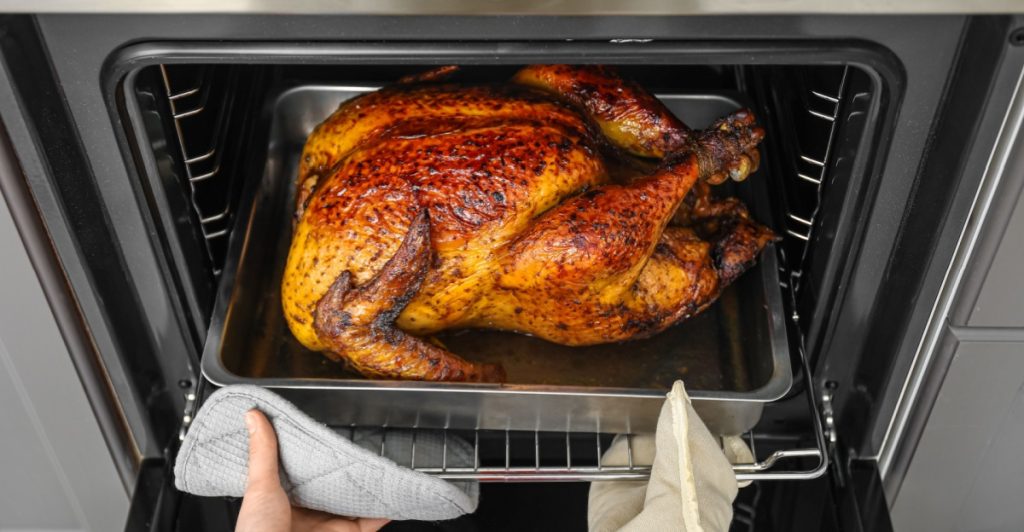Store-bought cranberry sauce often contains added sugars and preservatives. Instead, try making your own from scratch.
Others are reading now
Thanksgiving dinner is a time for indulgence, but many Americans may not realize just how much they’re consuming.
On average, people eat between 2,100 and 3,000 calories in a single meal, often piling on second helpings of casseroles, creamy sides, and sugary desserts. While the holiday is meant to be celebratory, health experts say it’s possible to enjoy the feast without overloading on salt, fat, and sugar.
No need to skip your favorites
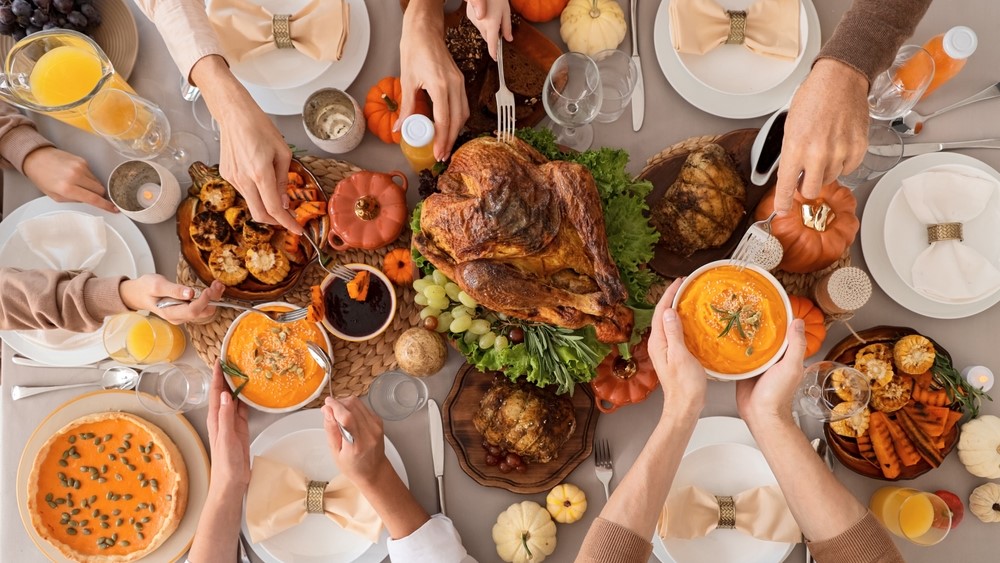
The good news? You don’t have to give up your favorite Thanksgiving dishes. “Every food fits in your Thanksgiving meal,” says Lea Obeid, a registered dietitian at Houston Methodist.
Instead of cutting foods out, try preparing them with smarter swaps. A few simple ingredient changes can make a big difference without sacrificing taste or tradition.
Give your gravy a healthy makeover
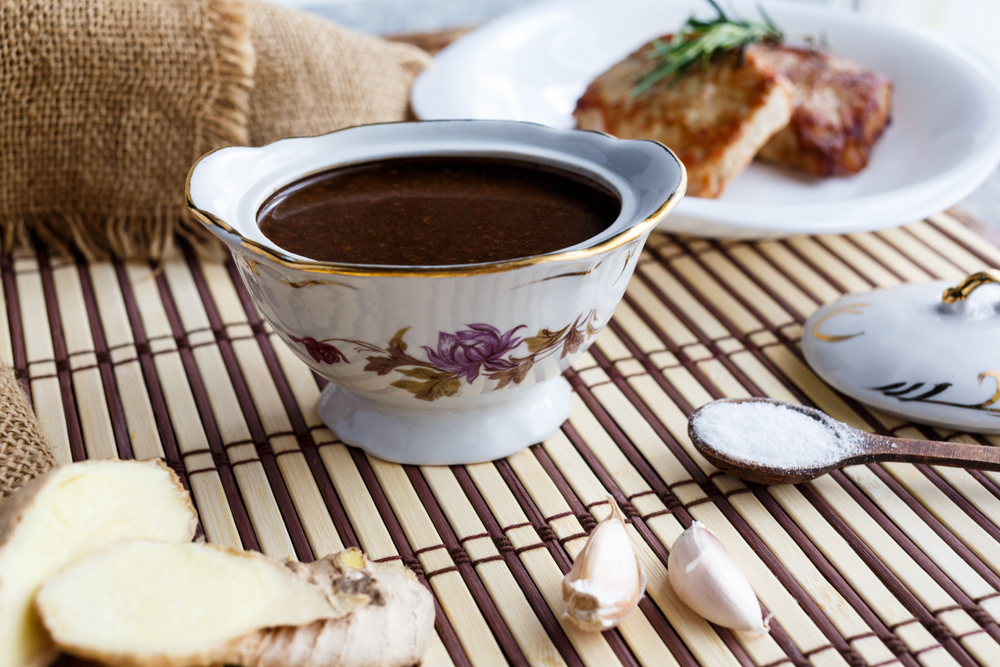
Gravy is a Thanksgiving staple, but it’s often a sodium bomb. Just one cup can contain over 4,500 milligrams of sodium. To lighten it up, try using low-sodium turkey or chicken broth instead of beef-based options.
Also read
For a plant-based twist, consider chickpea gravy. Purdue University nutrition lecturer Selena Baker calls it “absolutely delicious.” And if you’re skipping gravy altogether, homemade cranberry sauce or fruit relishes offer a tangy, vitamin C-rich alternative.
Reinvent your mashed potatoes
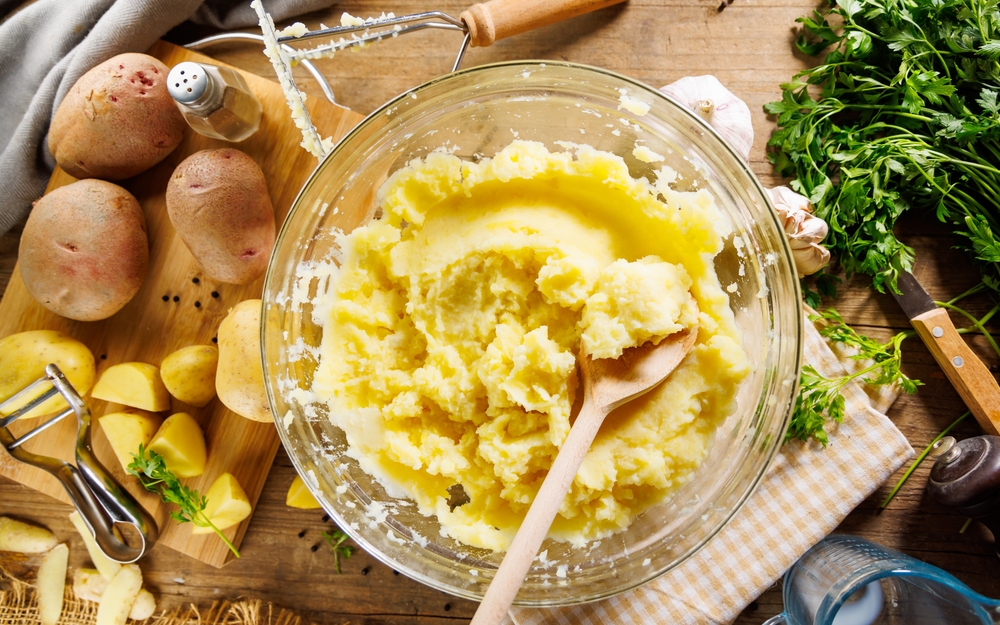
Creamy mashed potatoes are a crowd favorite, but they’re high in carbs and can cause blood sugar spikes. Cauliflower mash is a lighter, fiber-rich alternative with fewer calories, just 27 per cup compared to nearly 60 in diced potatoes.
You can top it with fat-free Greek yogurt or use skim milk for creaminess. Not ready to ditch spuds completely? Mix them with cauliflower for a balanced, lower-carb option.
Balance out your stuffing
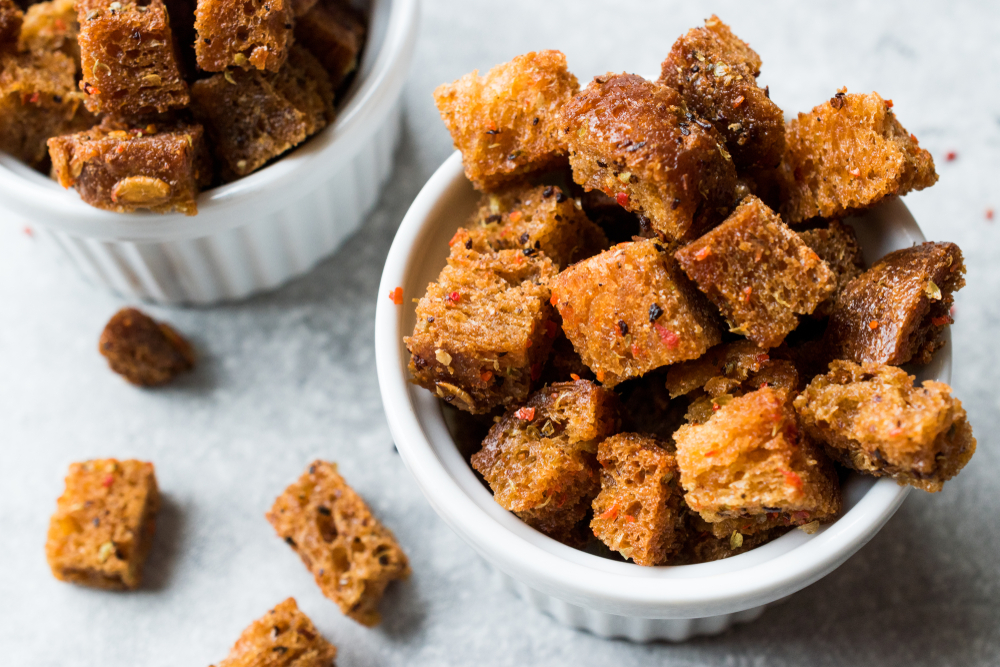
Traditional stuffing made with white bread, sausage, and stock may be tasty, but it’s also high in refined carbs and sugar. Swapping white bread for whole wheat or using quinoa instead offers more fiber and protein.
Trainer Meaghan Wamboldt recommends quinoa for its nutrient boost, including magnesium and iron. Plus, loading your stuffing with veggies like mushrooms, peppers, and onions adds flavor and fiber.
Also read
Use the 2:1 veggie rule

Want to lighten your stuffing even more? Follow dietitian Lea Obeid’s simple ratio: two parts vegetables for every one part bread. For example, if you’re using a cup of bread cubes, add two cups of vegetables.
This trick not only boosts your nutrient intake but also makes the dish more colorful and filling, without relying on processed carbs.
Sweet potatoes don’t need sugar
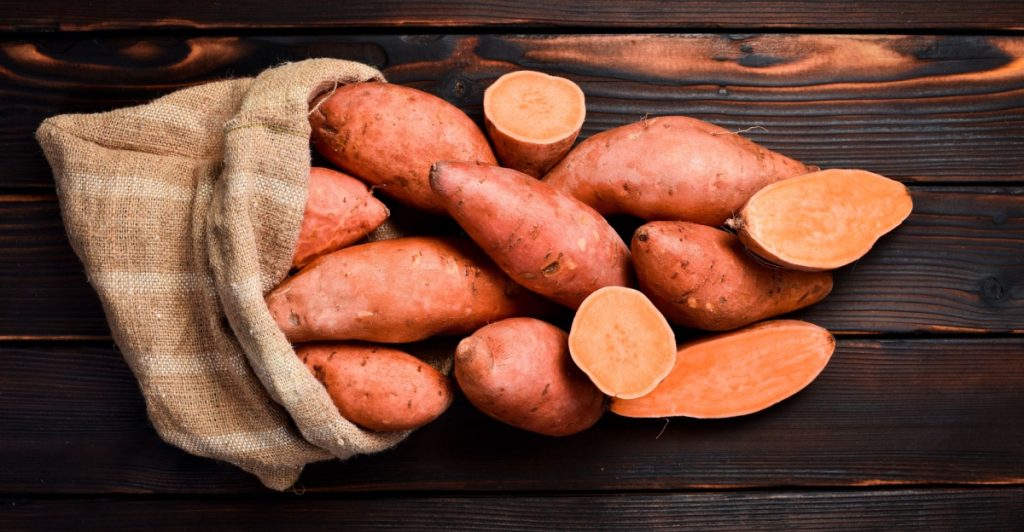
Sweet potato casseroles are often drenched in butter or topped with marshmallows, but the vegetable is naturally sweet on its own. “A sweet potato is called ‘sweet’ for a reason,” says Obeid.
One cooked sweet potato offers six grams of sugar and a hefty dose of vitamin A. Roasting them brings out their natural flavor, making extra sugar or syrup unnecessary.
Skip the canned cranberry sauce

Store-bought cranberry sauce often contains added sugars and preservatives. Instead, try making your own from scratch.
Also read
Dr. Ulysses Wu from Hartford Healthcare suggests experimenting with flavor profiles, from sweet to tangy to savory. A homemade version gives you full control over sugar levels while adding a fresh, zesty punch to your plate.
Choose smarter fats
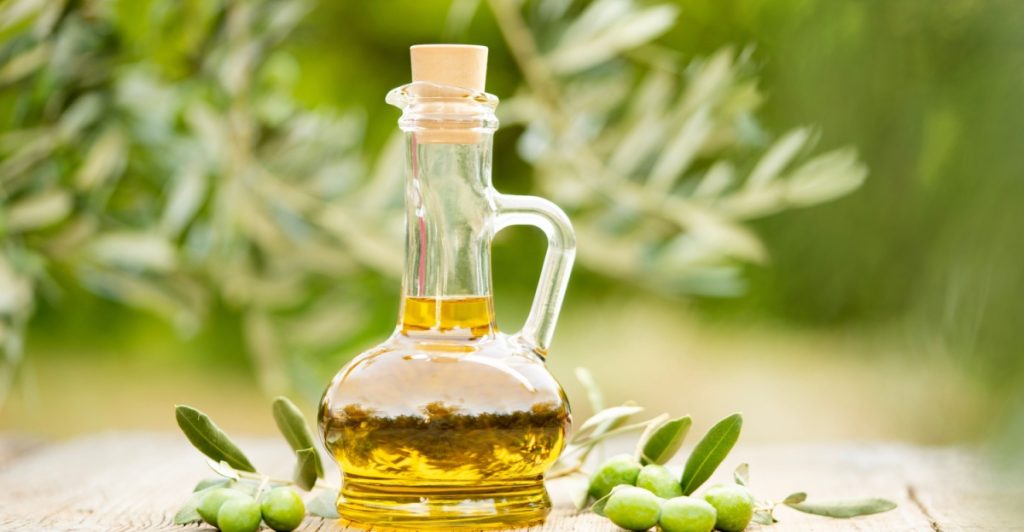
Many Thanksgiving dishes rely on saturated fats from butter, cream, or processed meats. Wherever possible, opt for heart-healthy fats like olive oil or avocado.
These fats can be used in salad dressings, roasted vegetables, or even in some baking recipes. They provide essential nutrients without contributing to high cholesterol.
Go big on greens
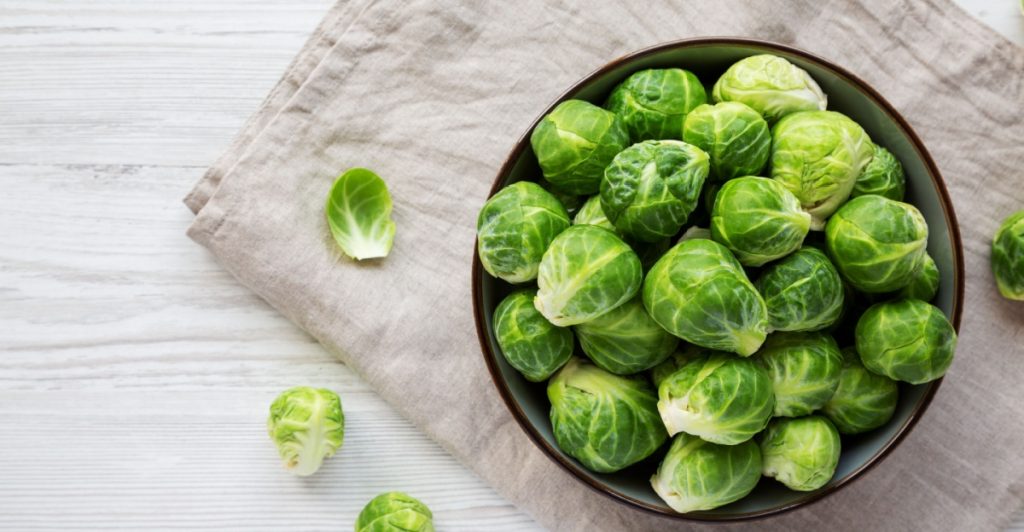
Green beans, Brussels sprouts, and leafy salads are often overshadowed by heavier dishes. But adding a vibrant vegetable side can bring balance to your meal.
Try roasting veggies with herbs and a touch of olive oil for a simple, flavorful addition. Bonus: they’re high in fiber and won’t weigh you down.
Also read
Watch portion sizes
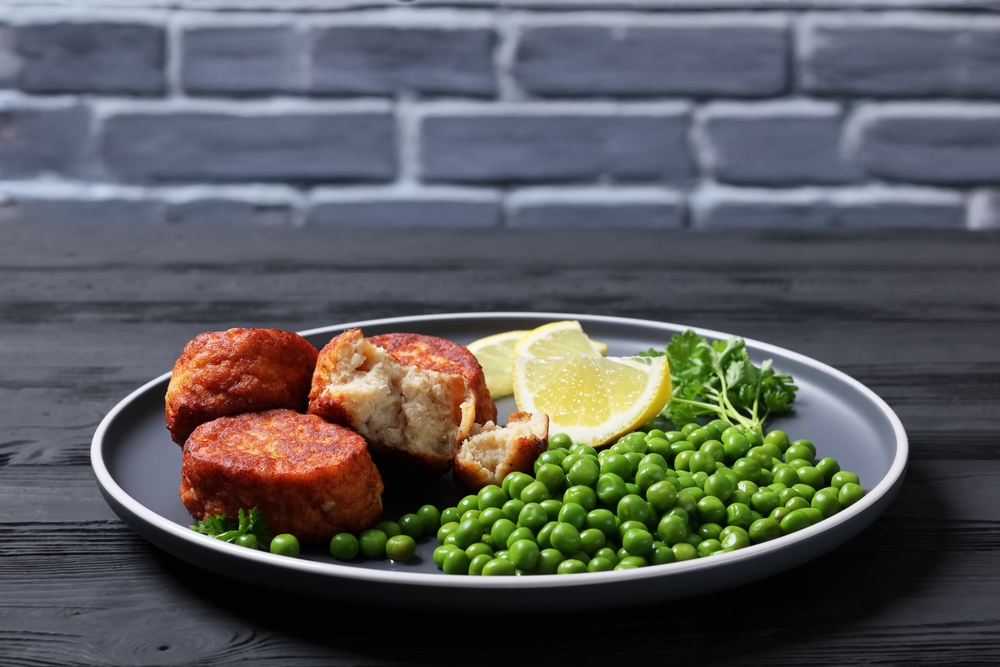
One of the easiest ways to make Thanksgiving healthier is by managing how much you put on your plate.
Start with smaller portions, eat slowly, and check in with your hunger levels before heading back for seconds. You’ll still enjoy all the flavors, just without the post-dinner discomfort.
Pair carbs with protein or fiber

Foods like mashed potatoes, stuffing, and rolls can spike blood sugar. Pairing them with protein-rich options like turkey or fiber-filled vegetables helps slow digestion and maintain energy.
It’s a simple way to enjoy your favorite carbs without the crash later on.
You don’t have to be perfect

Remember: Thanksgiving is about joy, gratitude, and connection, not perfection. Making just a few healthier swaps can go a long way.
Also read
“You can still enjoy the meal,” says Obeid. “It’s about balance, not restriction.” So go ahead and dig in, just with a little more mindfulness on your plate.

